Trevor Noah highlights the 'striking' contrast between Christine Blasey Ford and Brett Kavanaugh

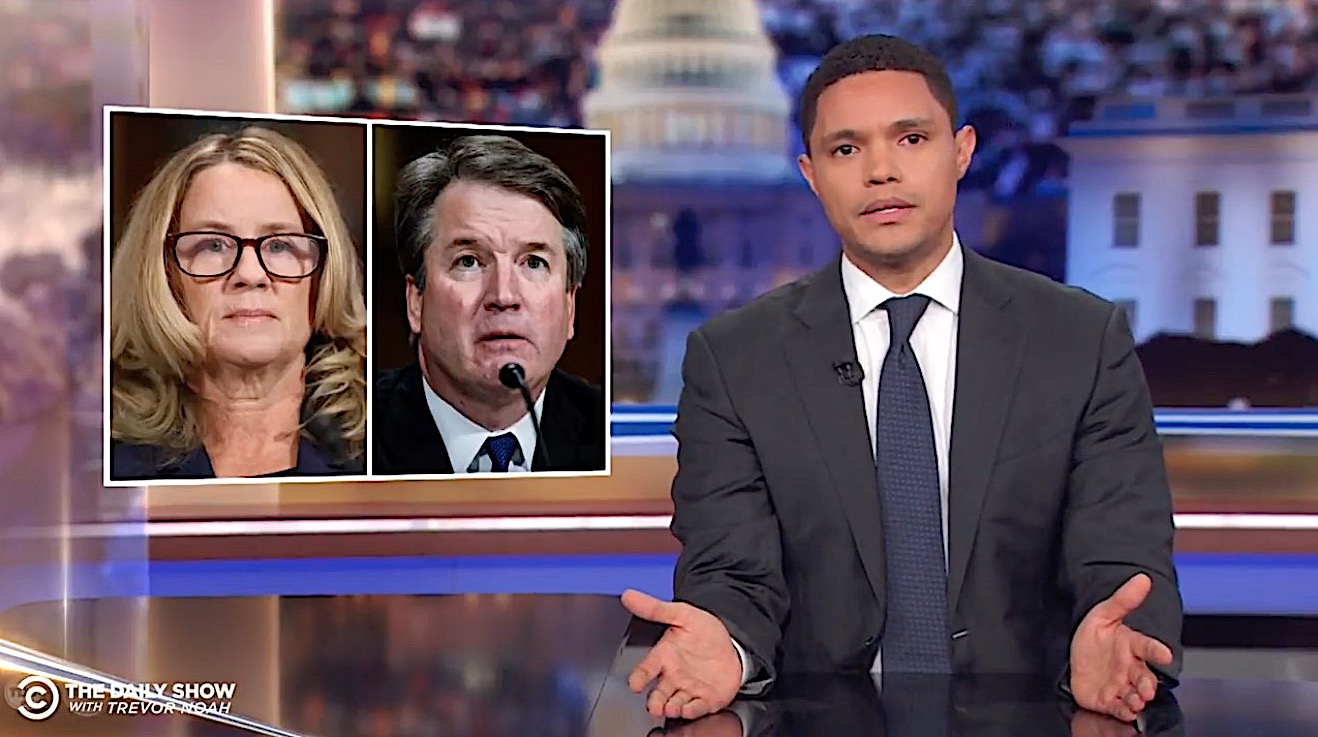
The Senate Judiciary Committee's hearings with Supreme Court nominee Brett Kavanaugh and Christine Blasey Ford was "the only story anyone was talking about today," Trevor Noah said on Thursday's Daily Show. Ford showed up ready to calmly run through her allegations that Kavanaugh tried to rape her 36 years ago, and she came prepared: "Oh snap! People were asking how the lady can trust her brain — turns out she's a brain scientist!"
The contrast between the "surprisingly gracious and agreeable" Ford and the "angry" and petulant Kavanaugh "was striking," Noah said. He summarized Kavanaugh's opening statement, and much of his testimony, like this: "I demanded a hearing! I demanded it! You didn't give it to me! I demanded it! Anyway, if you'll put me on the court now, I'm prepared to put my emotions aside and rule fairly and soberly. Yeah, I think we can all agree I know how to handle my emotions." Seriously, Noah said, "this guy was such an a--hole, it looked like he was auditioning for a Snickers commercial." He played some more of Kavanaugh's exchanges, suggesting that unlike in his Fox News interview, "you could feel real Brett coming through."
"I don't know what the full story is here," Noah said. "What I do know is Brett Kavanaugh has been consistently shady about his history of partying as a teenage boy." His opposition to an FBI investigation was telling, and it was a bad day for anyone hoping we'd get "a step closer to learning the truth about whether Brett Kavanaugh is fit for the Supreme Court, but from the beginning, today was never going to be enough time for us to get closer to the truth," Noah said. "It was only going to be enough time to make both sides feel better about how they were already going to vote anyway." He ended with a dig at Sen. Lindsey Graham (R-S.C.). Watch below. Peter Weber
The Week
Escape your echo chamber. Get the facts behind the news, plus analysis from multiple perspectives.

Sign up for The Week's Free Newsletters
From our morning news briefing to a weekly Good News Newsletter, get the best of The Week delivered directly to your inbox.
From our morning news briefing to a weekly Good News Newsletter, get the best of The Week delivered directly to your inbox.

A free daily email with the biggest news stories of the day – and the best features from TheWeek.com
Peter has worked as a news and culture writer and editor at The Week since the site's launch in 2008. He covers politics, world affairs, religion and cultural currents. His journalism career began as a copy editor at a financial newswire and has included editorial positions at The New York Times Magazine, Facts on File, and Oregon State University.
-
 Into the Woods: a ‘hypnotic’ production
Into the Woods: a ‘hypnotic’ productionThe Week Recommends Jordan Fein’s revival of the much-loved Stephen Sondheim musical is ‘sharp, propulsive and often very funny’
-
 ‘Let 2026 be a year of reckoning’
‘Let 2026 be a year of reckoning’Instant Opinion Opinion, comment and editorials of the day
-
 Why is Iran facing its biggest protests in years?
Why is Iran facing its biggest protests in years?TODAY’S BIG QUESTION Iranians are taking to the streets as a growing movement of civic unrest threatens a fragile stability
-
 A peek inside Europe’s luxury new sleeper bus
A peek inside Europe’s luxury new sleeper busThe Week Recommends Overnight service with stops across Switzerland and the Netherlands promises a comfortable no-fly adventure
-
 Son arrested over killing of Rob and Michele Reiner
Son arrested over killing of Rob and Michele ReinerSpeed Read Nick, the 32-year-old son of Hollywood director Rob Reiner, has been booked for the murder of his parents
-
 Rob Reiner, wife dead in ‘apparent homicide’
Rob Reiner, wife dead in ‘apparent homicide’speed read The Reiners, found in their Los Angeles home, ‘had injuries consistent with being stabbed’
-
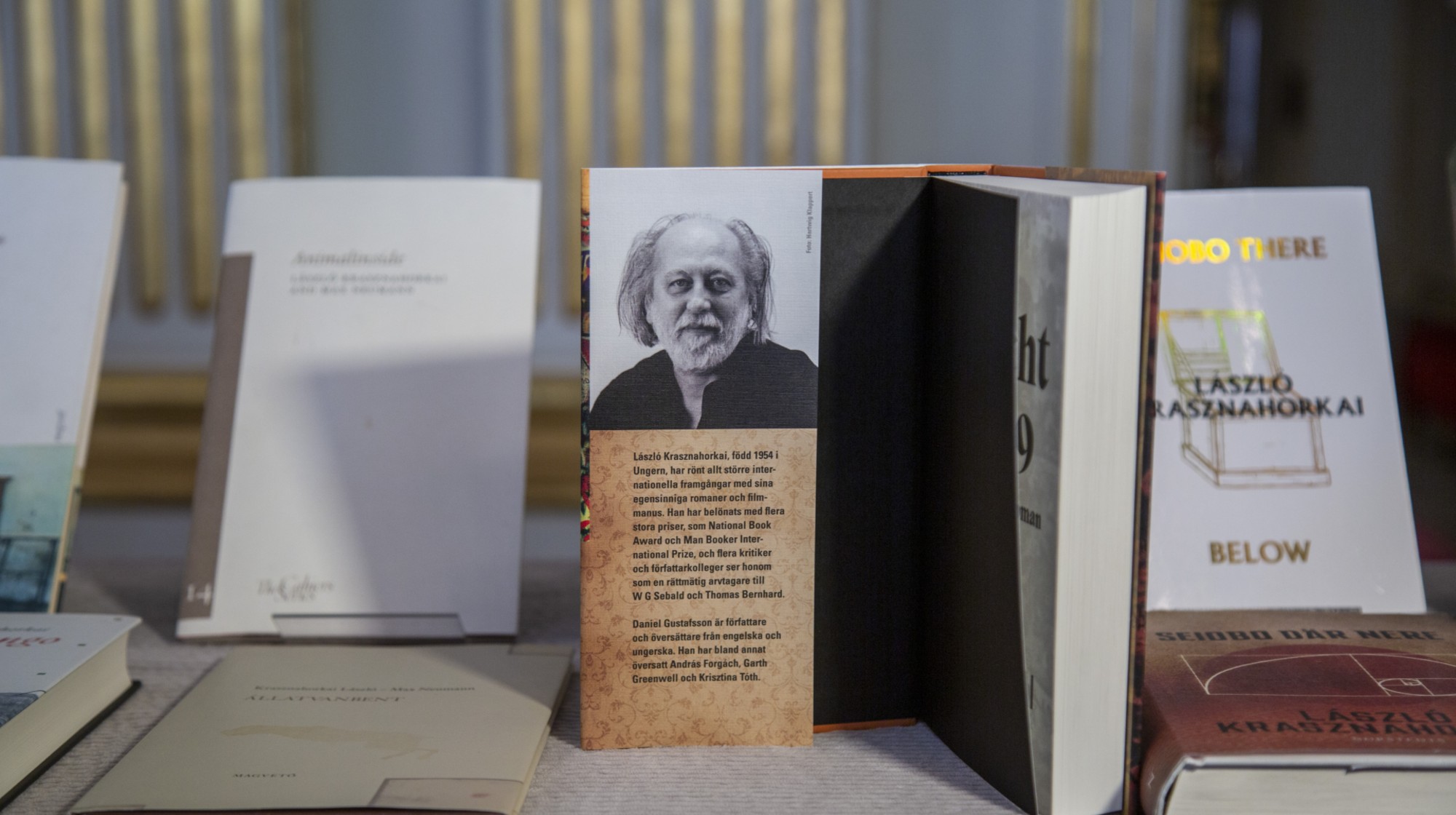 Hungary’s Krasznahorkai wins Nobel for literature
Hungary’s Krasznahorkai wins Nobel for literatureSpeed Read László Krasznahorkai is the author of acclaimed novels like ‘The Melancholy of Resistance’ and ‘Satantango’
-
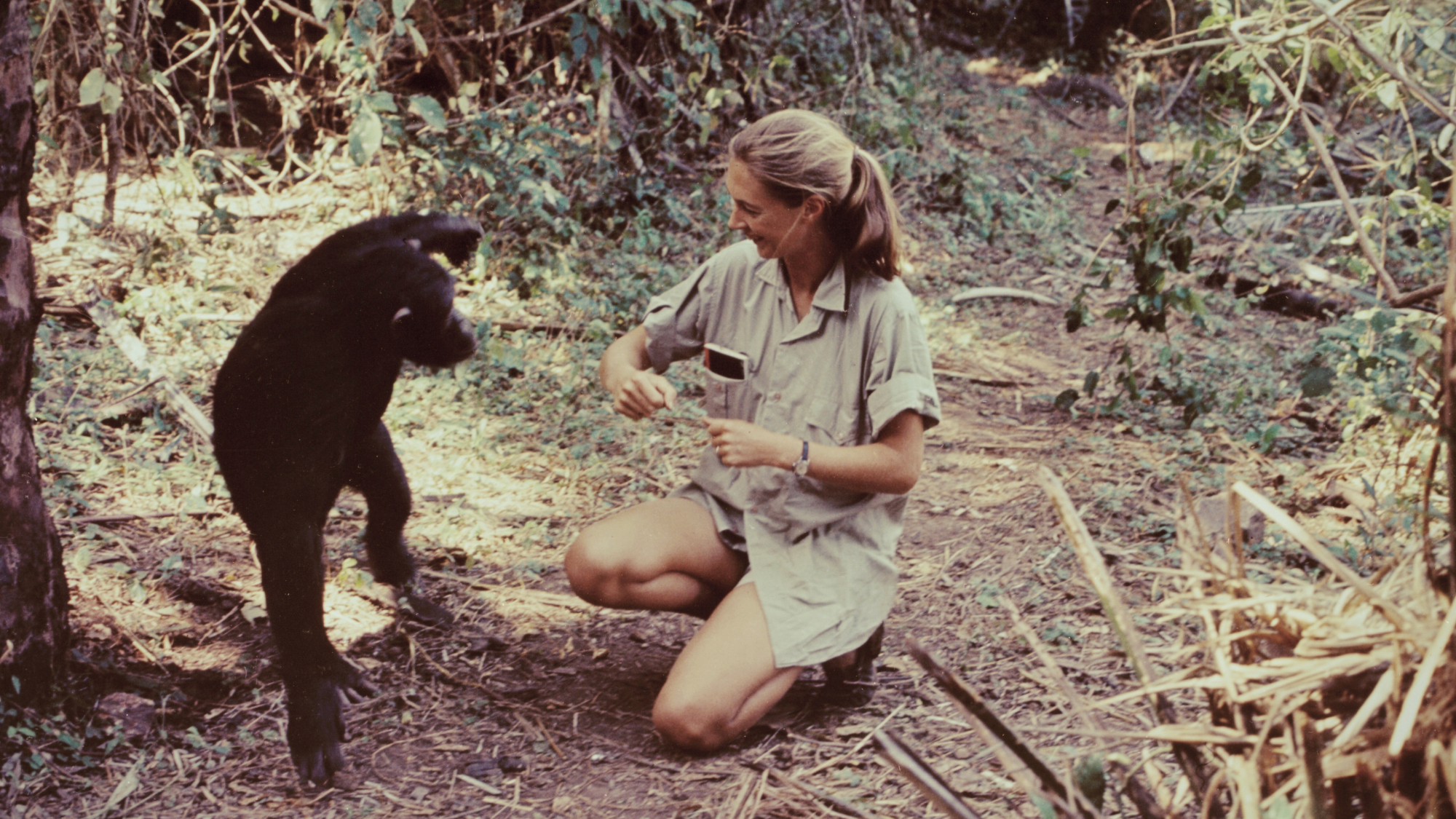 Primatologist Jane Goodall dies at 91
Primatologist Jane Goodall dies at 91Speed Read She rose to fame following her groundbreaking field research with chimpanzees
-
 Florida erases rainbow crosswalk at Pulse nightclub
Florida erases rainbow crosswalk at Pulse nightclubSpeed Read The colorful crosswalk was outside the former LGBTQ nightclub where 49 people were killed in a 2016 shooting
-
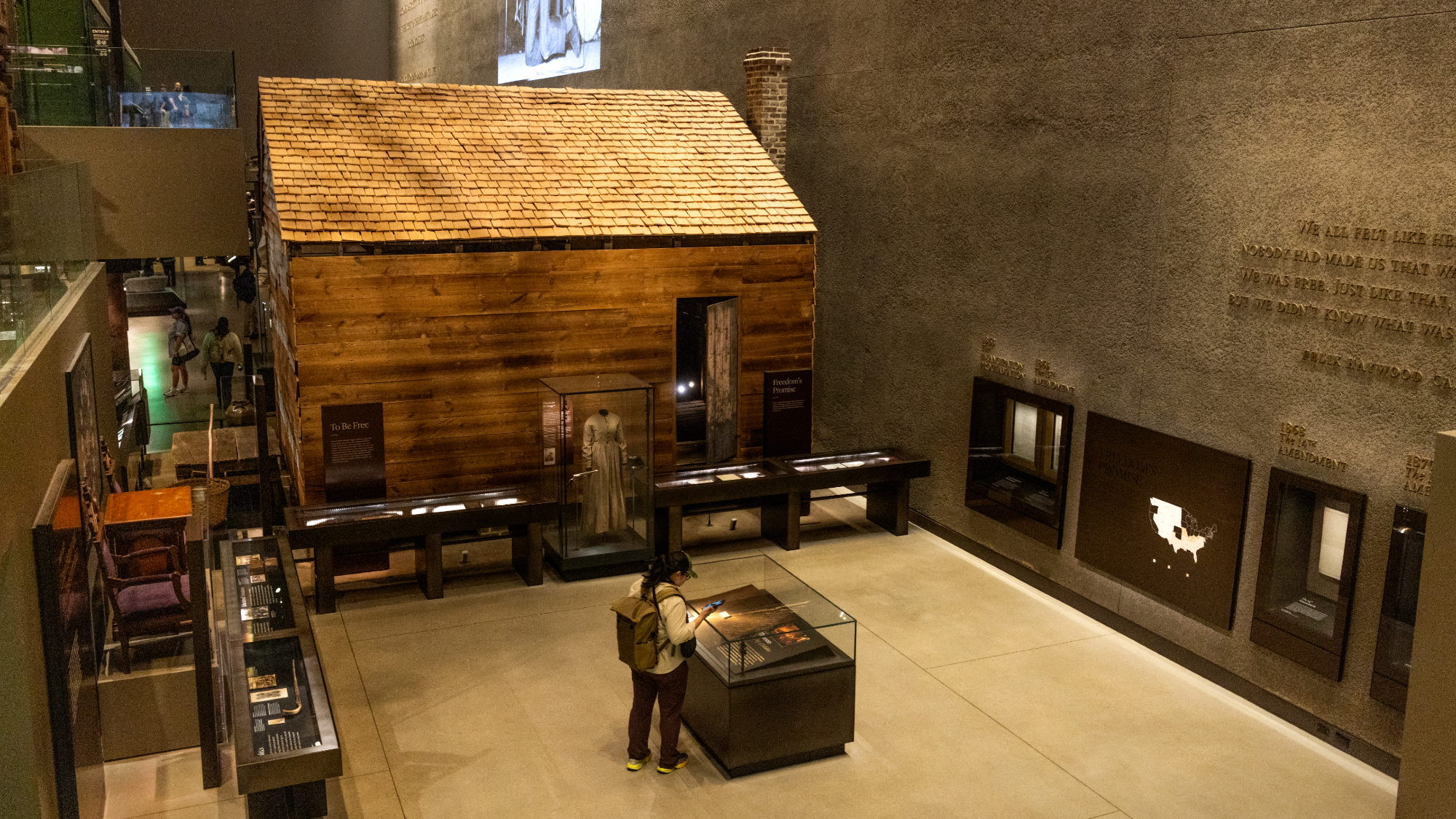 Trump says Smithsonian too focused on slavery's ills
Trump says Smithsonian too focused on slavery's illsSpeed Read The president would prefer the museum to highlight 'success,' 'brightness' and 'the future'
-
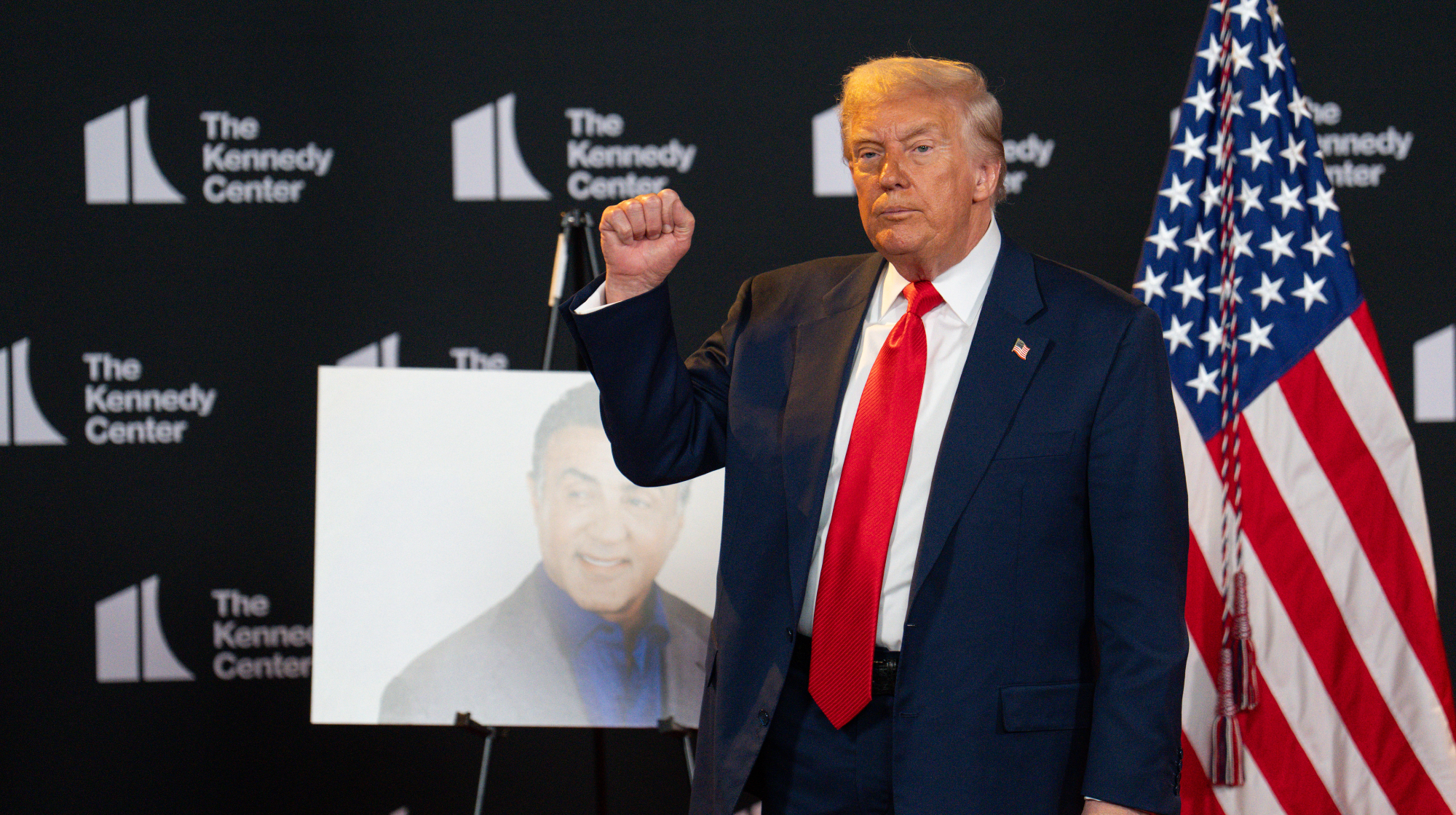 Trump to host Kennedy Honors for Kiss, Stallone
Trump to host Kennedy Honors for Kiss, StalloneSpeed Read Actor Sylvester Stallone and the glam-rock band Kiss were among those named as this year's inductees
